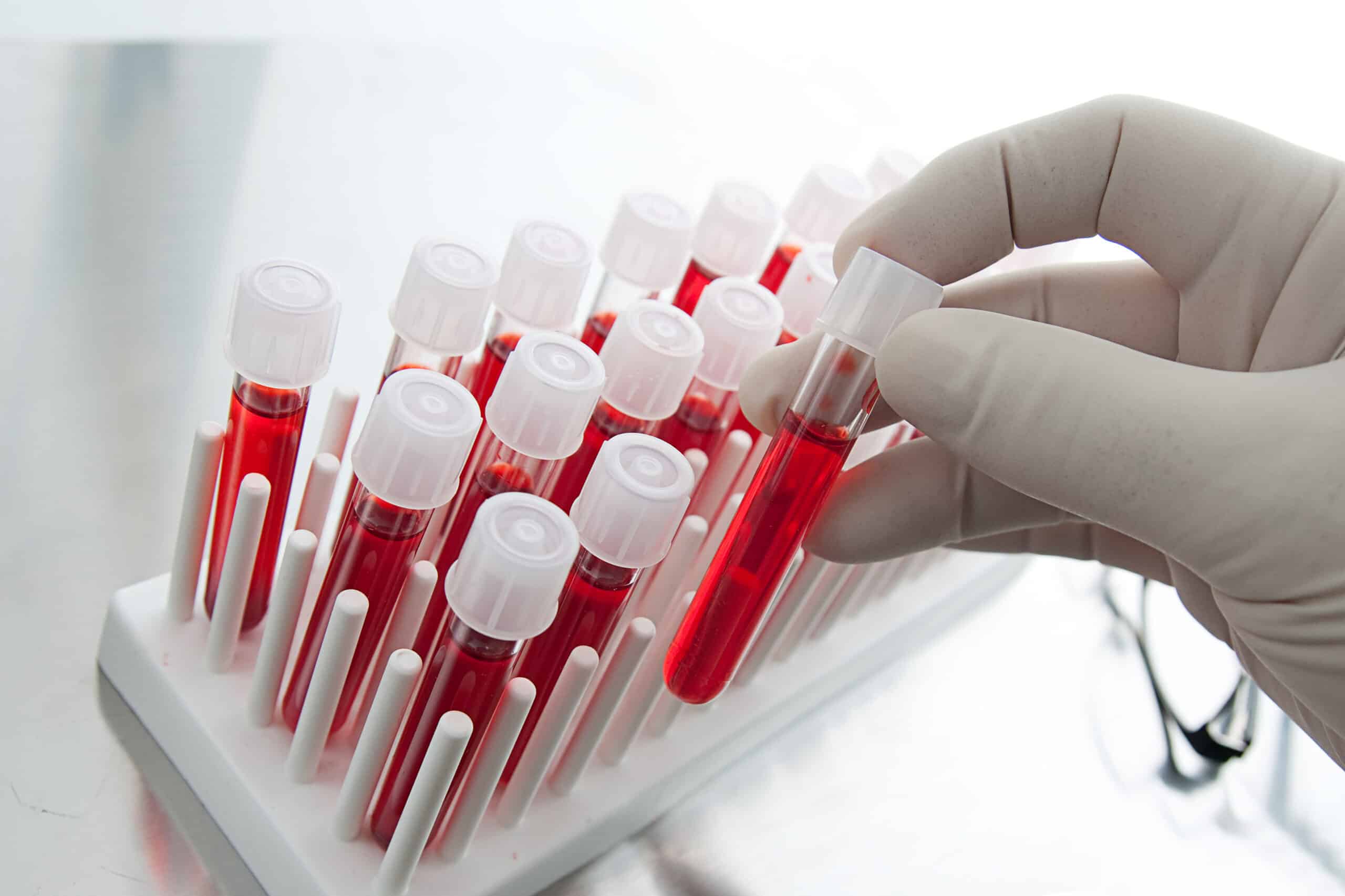The data reports the approximate ability of the individual test to avoid a false positive or false negative result, as well as the overall predictive value. This is part of the validation work project launched by the CDC, and the results come just after clamping down on the broad marketing of antibody testing across the nation.
It is currently not known just how many Americans have actually been exposed to the COVID-19 virus, or how many people have been infected, or how many have overcome the infection and have developed antibodies against the disease. The percentage of people also varies among the groups of people being tested such as healthcare workers who are at greater risk are showing higher rates of infections compared to the broader population.
In order to calculate the tests positive/negative predictive values the agency assumed a baseline of 5% prevalence rate which would amount to over 16.4 million Americans, noting that a single antibody test when put against a largely asymptomatic population “is not likely to be sufficiently accurate to make an informed decision,” that additional test focusing on different aspects of the virus would be needed. The agency has posted a calculator to show predictive values based on different levels of prevalence which may change over time across different locations.
According to the FDA release: “This is an incomplete representation of the performance of these tests. Always refer to the complete instructions for use to put these estimates into the proper context and to understand how to use and interpret these tests.”
Cellex’s Lateral Flow Rapid Test was the first serology test to be granted emergency use authorization by the agency, it uses drops of blood and a test strip; this showed a combined sensitivity of 93.8% and a specificity of 96% when searching for two different antibodies linked to this virus outbreak. At a 5% prevalence this equates to a positive prediction rate of 55.2%, at 10% this increases to 72.3%, and at 2.5% prevalence this drops to 37.6%; this test was more accurate at ruling out cases with a 99.7% negative predictive value at 5% prevalence.
Roche’s Elecsys Test showed a 100% sensitivity and 99.8% specificity across multiple antibody types with a predictive value of 96.5% and a 100% negative predictive value at 5% prevalence.
Abbott’s Architect Test showed a sensitivity of 100% and a specificity of 99.6% with a positive predictive value of 92.9% and a 100% negative predictive value at 5% prevalence.
Mount Sinai’s ELISA Test showed a sensitivity of 92.5% and a specificity of 100% with a positive predictive value of 100% and a negative predictive value of 99.6% at 5% prevalence.
Bio-Rad’s Platelia Test showed a sensitivity of 92.2% and a specificity of 99.6% with a positive predictive value of 91.7% and a NPV of 99.6% at 5% prevalence.
Ortho’s VITROS showed a sensitivity of 87.5% and a specificity of 100% with a positive predictive value of 100% and a negative predictive value of 99.3% at 5% prevalence.
The full list of the 12 tests can be viewed here. The FDA Noted:
“In some cases, there may be minor differences between the numbers on this page and those in the instructions for use. Confidence intervals for sensitivity and specificity that appear on this page were calculated per a score method described in CLSI EP12-A2 (2008). See https://www.accessdata.fda.gov/scripts/cdrh/cfdocs/cfStandards/detail.cfm?standard__identification_no=31791. Confidence intervals for PPV and NPV were calculated using the values from the 95% confidence intervals for sensitivity and specificity.”




